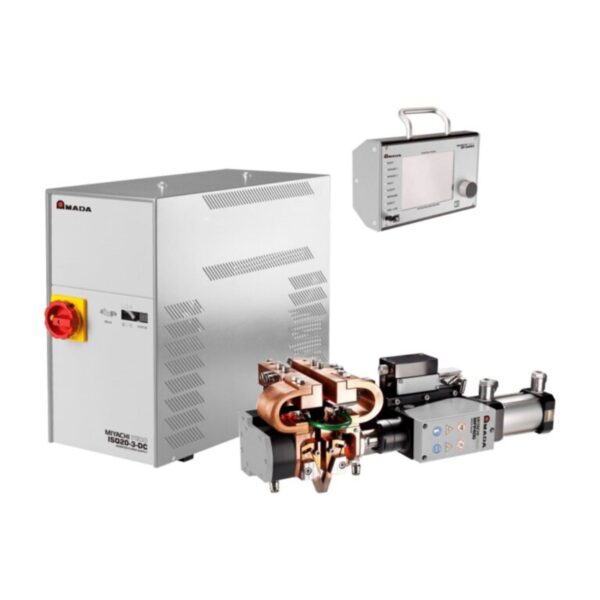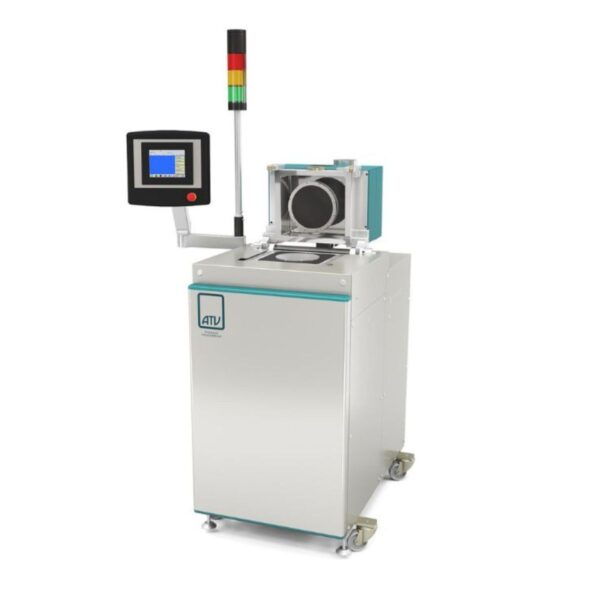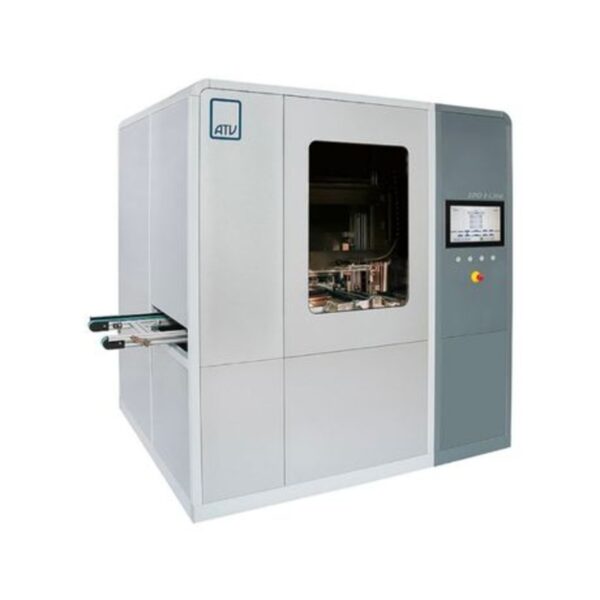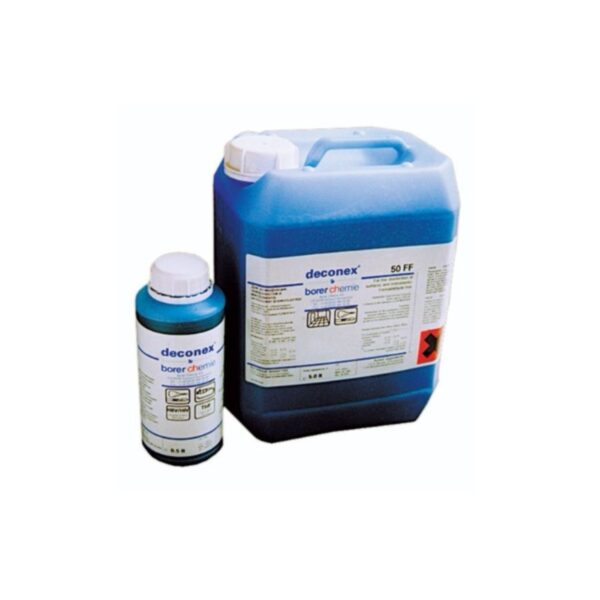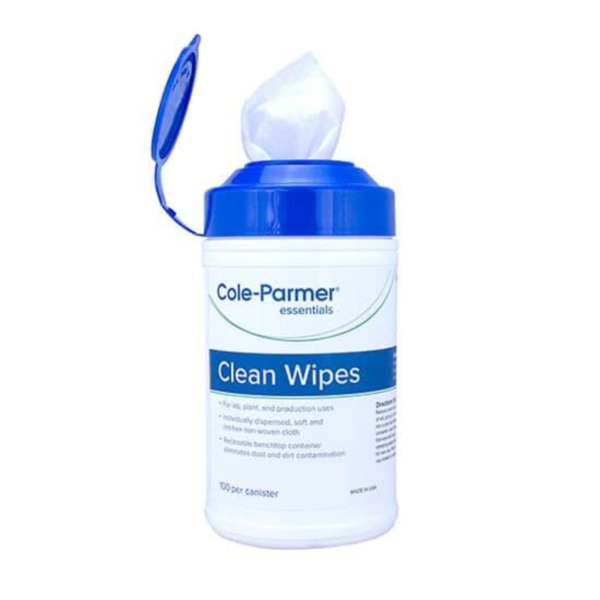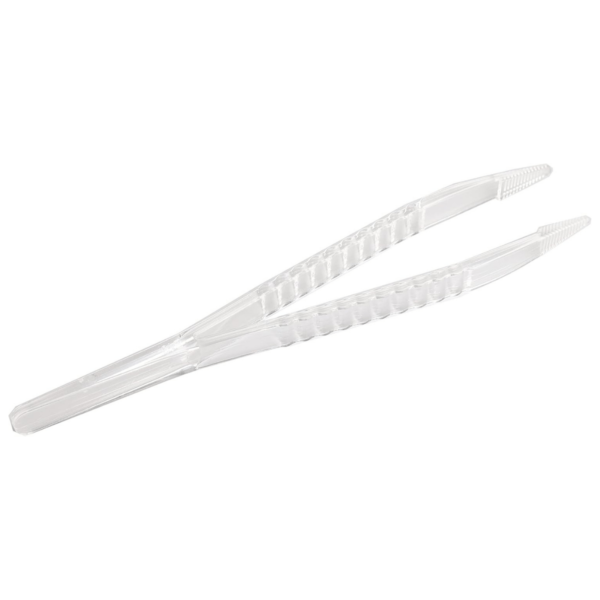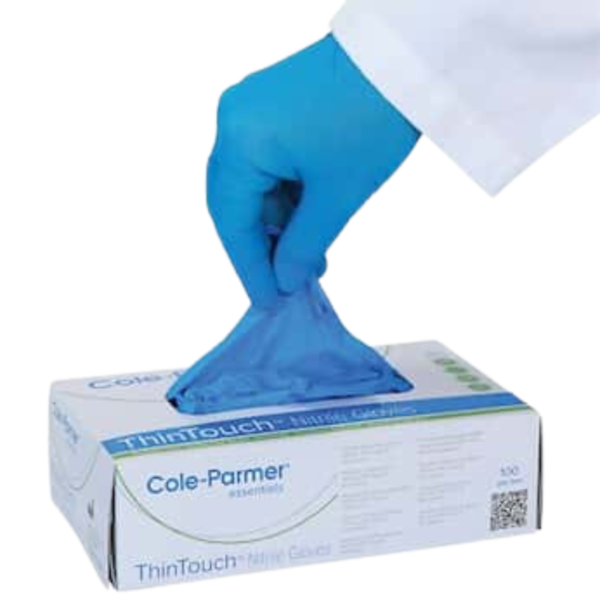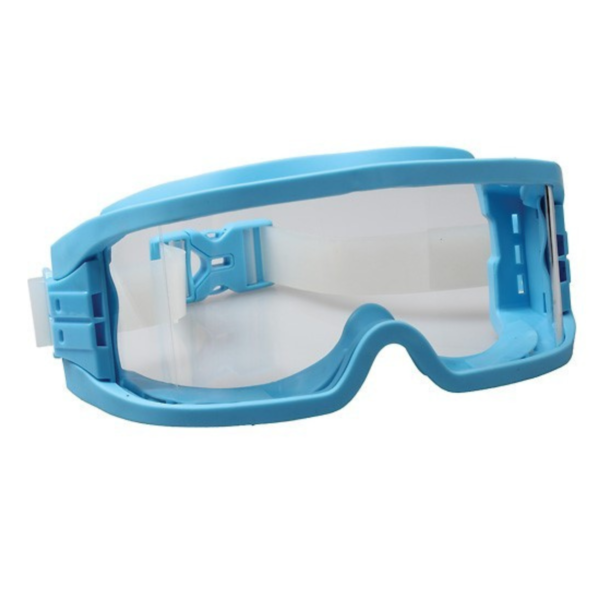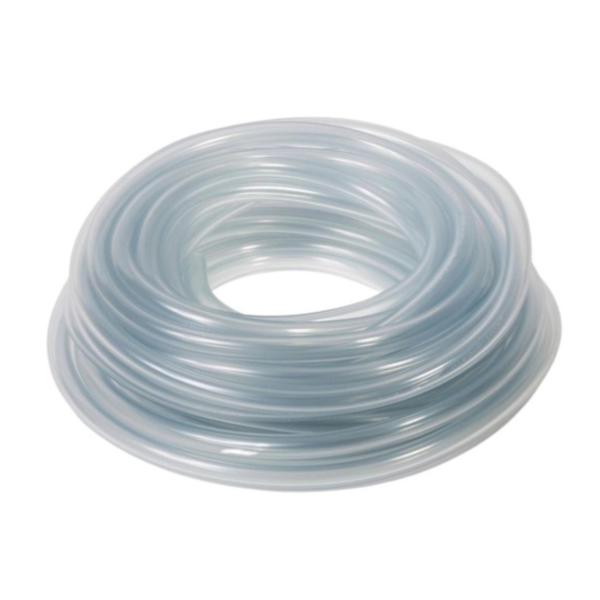AMADA – Hot Bar Reflow Soldering & Bonding
Pulsed heat hot bar reflow soldering is a selective soldering process in which two solder plated parts are pressed together and heated to a temperature adequate to cause the solder to melt and flow, after which the parts are cooled to form a perma…
Pulsed heat hot bar reflow soldering is a selective soldering process in which two solder plated parts are pressed together and heated to a temperature adequate to cause the solder to melt and flow, after which the parts are cooled to form a permanent electro-mechanical bond.








